Free Rivers: The State of Dam Removal in the U.S.
Removing dams has tremendous benefits for river health, public safety and climate resilience, according to “Free Rivers: The State of Dam Removal in the U.S.,” a report released today by American Rivers.
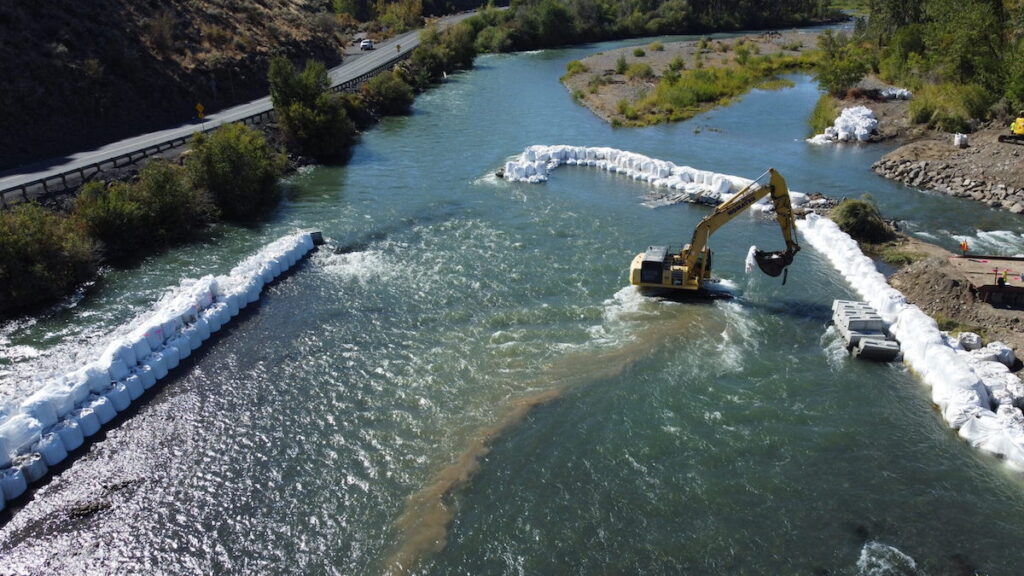
Removing dams has tremendous benefits for river health, public safety and climate resilience, according to “Free Rivers: The State of Dam Removal in the U.S.,” a report released today by American Rivers. Fifty-seven dams were removed in 2021, reconnecting more than 2,131 miles of rivers. In addition, American Rivers is highlighting 25 dam removals to watch for 2022 and beyond.
Resources to bookmark
Report: Free Rivers: The State of Dam Removal in the U.S.
Full Database of Dam Removals 1912-2021: www.americanrivers.org/DamRemovalDatabase
Map of U.S. Dams Removed Since 1912: www.americanrivers.org/DamRemovalMap
As part of its leadership in river restoration, American Rivers tracks dam removal trends and maintains a national dam removal database. A recorded 1,957 dams have been removed in the U.S. since 1912. In 2021, the states leading in dam removal were:
- Vermont, Pennsylvania and Oregon (7 removals each)
- New Jersey (6 removals)
- Wisconsin (4 removals)
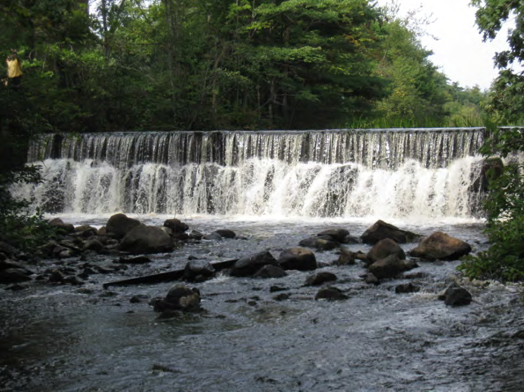
Twenty-two states removed dams in 2021: California, Connecticut, Idaho, Illinois, Indiana, Kentucky, Maine, Massachusetts, Michigan, Minnesota, Montana, New Hampshire, New Jersey, New York, North Carolina, Ohio, Oregon, Pennsylvania, Texas, Vermont, Washington and Wisconsin.
Successes from 2021 include:
- Public safety (Hammel Woods Dam on DuPage River, Illinois)— This low-head dam was removed by the Will County Forest Preserve District because three people had drowned at the dam in recent years. This project is complemented in the broader watershed by the neighboring Forest Preserves of Cook County who have been working to remove unsafe and ecologically harmful dams on the Des Plaines and North Branch Chicago River (see our “projects to watch” list for more information).
- Access and recreation (Hyde Dam on White River, Vermont)— This project involved the removal of a former mill dam from a site that had a dam as early as the 1700s. Upon completion of the dam removal project, partners will develop the historic site as a public access area for angling, swimming and boating. This project builds upon the momentum of the Vermont Dams Task Force as one of seven dam removals for Vermont in 2021.
- Fish and wildlife habitat (Ward Mill Dam on Watauga River, North Carolina)— Built in 1890, this hydropower dam ranked first in the North Carolina barrier assessment tool to increase aquatic connectivity. American Rivers led this project that improved habitat for resident fish and wildlife like the Eastern hellbender (the largest salamander in the U.S.) in partnership with MountainTrue, Blue Ridge Resource Conservation and Development and U.S. Fish and Wildlife Service.
While we busted some key dams in 2021, we all need to work together to significantly accelerate dam removal efforts nationwide if we are to prevent further declines in river health, prevent extinction of fish and wildlife, enhance our diverse communities and safeguard the public from failing dams. The Infrastructure Investment and Jobs Act, signed into law late last year is an important step, committing $2.4 billion for the removal, retrofit and rehabilitation of dams. Now we are urging Congress to include the 21st Century Dams Act, a bill introduced in 2021, in the upcoming Water Resources Development Act. This will provide programmatic authority and funding authorization for the removal of dams with willing owners, funding to increase capacity of state dam safety programs and resources to support dam retrofits to improve hydropower productivity.
American Rivers also released a list of 25 dam removal “projects to watch” for 2022 and future years. This list is not exhaustive. It is meant to illustrate examples and highlight opportunities. The projects range from small dams with willing owners where river restoration will deliver important local benefits, to bigger dam removal efforts that are vital to saving species from extinction and addressing longstanding injustices across entire regions.
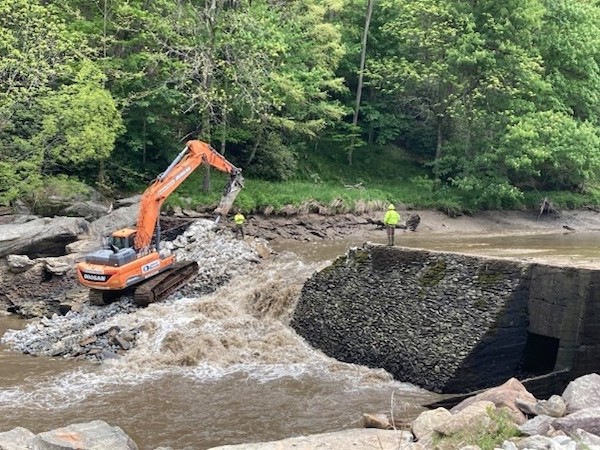
Today, dam safety offices, fisheries managers, dam owners and communities are taking a second look at the benefits and impacts of dams. Many are deciding that removal is the best option— one that can bring significant benefits to the environment, community and economy. Every $1 million invested in restoring watersheds generates 16 jobs and up to $2.5 million for the economy. Dam removal is a proven tool to restore river health, improve public safety, revitalize fish and wildlife populations, safeguard cultural values and reconnect communities to their rivers.
American Rivers imagines a country where everyone has access to clean, safe, healthy rivers; where people don’t have to fear being evacuated from their home in the middle of the night because a dilapidated dam is about to fail and where municipal governments can invest tax dollars in community programs rather than patching up outdated infrastructure. We imagine a world where Tribal Nations’ spiritual and cultural connection to rivers, water and salmon are honored by bringing Indigenous voices to the forefront and through actions that heal our collective relationship with rivers; where the entire web of life can thrive.
We congratulate our partners across the country on their 2021 dam removal projects and look forward to busting more dams in 2022!

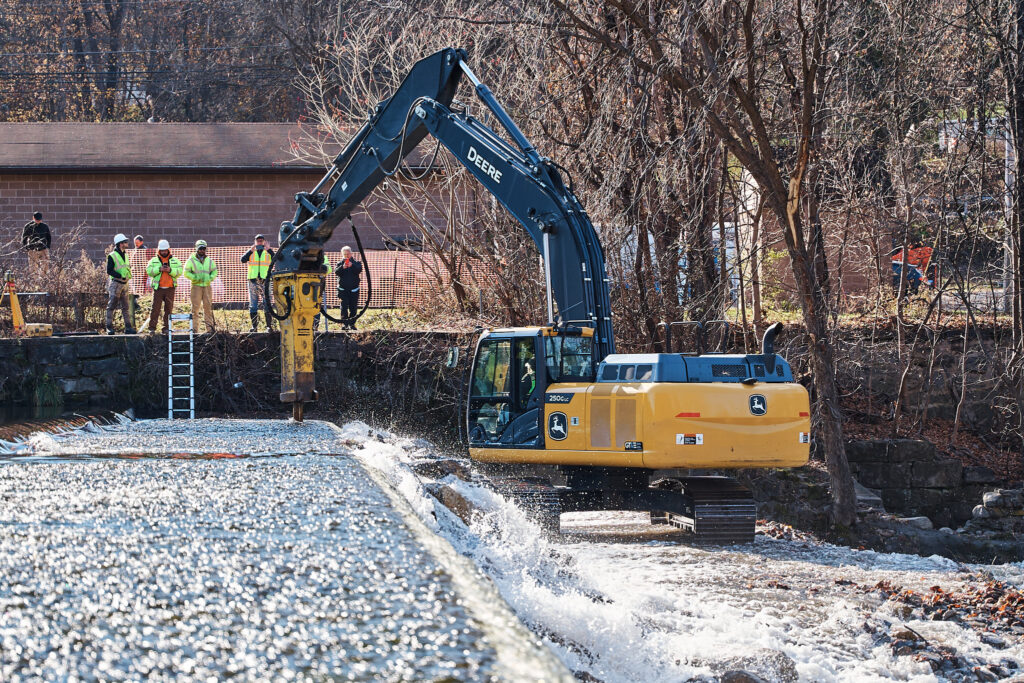
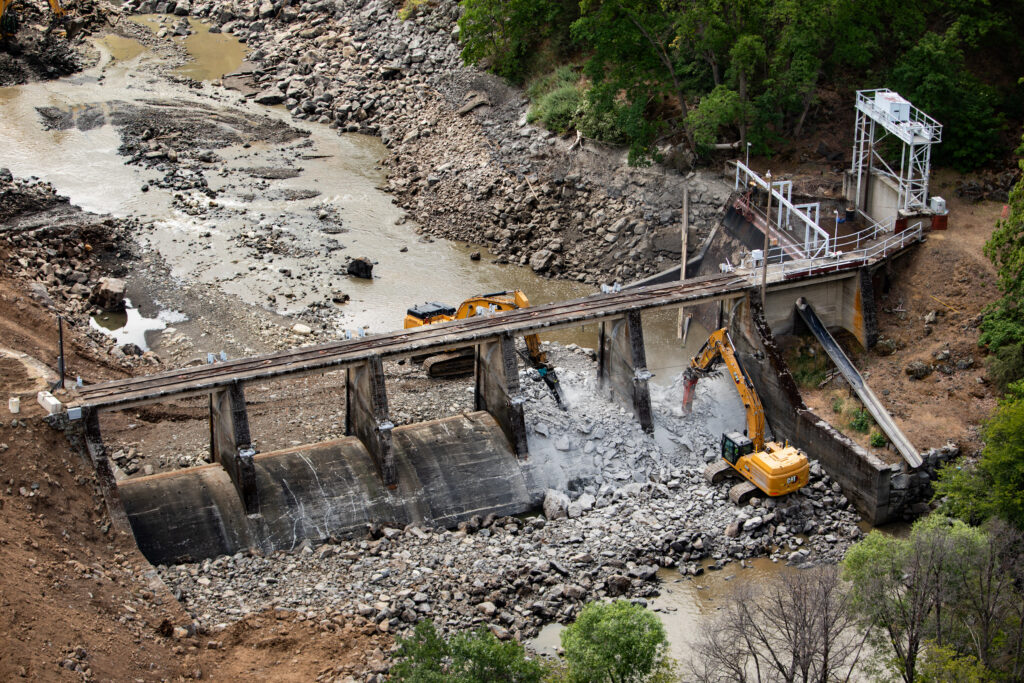

15 responses to “Free Rivers: The State of Dam Removal in the U.S.”
how is the effort to remove the dam on the cuyahoga river near akron. the power plant has not be in operation for decades, and other dams upstream have been removed. what is the prinicpal reason the dam has not been removed? thank you
I’d like to know what efforts are being made to reduce the number of dams on the Shetucket and Quinabaug rivers in Connecticut
what dams can be torn down to help replenish the Mississippi river? There has to be some dams that can be opened up to help with the midwest drought on the Mississippi.
Not necessarily, depends on the infrastructure.
Great article
Most of these dams were built by industry barons to get rich and then they walked away from the perpetual care of the structure leaving the expense to us, the future generations. It’s like any industry that pollutes and then abandons responsibility. It’s for the common good that they come down, and that’s “justice for all.”
Does dam removal drastically reduce water for farmers and ranchers?
Nope. No new dams are ecologically acceptable.
There is a need for both removal if dams and a science based new dam construction where feasible to use the resource to produce non hydrocarbon oil and coal based power..compromising based on all the needs is prudent and good stewardship.
I look forward to learning that dams on the Ipswich River have been removed. As a teenager in 1969 I was employed at Mass Audubon’s Ipswich River Sanctuary. One of my summer tasks was to be the first canoe ranger on the river to check on a campsite that the Sanctuary established on an island in the river. I had to solo paddle up to the island twice on weekends. What a great way to earn minimum wage!
What does social I justice have do do with rivers and or the removal of dams?
So good to hear. This is why I contribute.
Stream biologists have found that no other single thing is so important to biodiversity and health of stream life as dam removal. When the dams were removed on the Baraboo River in Wisconsin gamefish started to return almost immediately. A river that had formerly supported primarily carp and other rough fish once again had good populations of native game and forage species of fish.
Such profoundly important work. Thank you for tracking this, year in and year out; for leading and funding dam removals and river restorations, and for advocating for the natural world, which cannot advocate for itself.
Great article .
I keep hearing the (for lack of a better word) drumbeat for dam removal, but all i hear is” proven tool to restore river health, improve public safety, revitalize fish and wildlife populations, safeguard cultural values and reconnect communities to their rivers.”
Please consider a story with explanations and details of the Why and How?
Thanks !
Love you guys
Dave